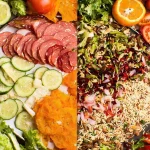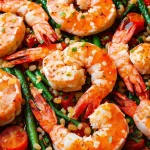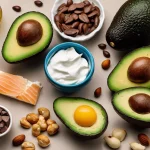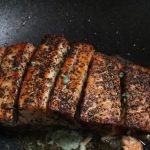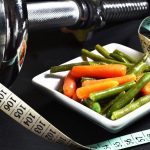The classic physique, epitomized by bodybuilders from the golden era, remains a standard of aesthetic muscular development. Achieving a classic physique involves dedicated training and a focused approach to nutrition and dieting for bodybuilders. Thus, you need a classic physique diet to build muscle for lifestyle bodybuilders. This article will discuss building muscle through a customized diet that meets your fitness needs.
Role of Lean Proteins and Fibrous Vegetables
Lean proteins and fibrous vegetables form the bedrock of a diet aimed at sculpting a classic physique. Lean proteins, such as chicken breast, fish, and egg whites, provide the essential amino acids necessary for muscle repair and growth without excess calories from fat. Meanwhile, fibrous vegetables like spinach, broccoli, and asparagus offer vital nutrients and fiber, which aid in digestion and help maintain a low body fat percentage.
Historical Diets of Classic Bodybuilders
Bodybuilders of the past relied on whole, unprocessed foods for their nutritional needs. Their diets typically included:
- Proteins: Tuna, lean beef, eggs, and milk were staples for their high-quality protein content.
- Carbohydrates: Oats, sweet potatoes, and brown rice provided the energy needed for intense training sessions.
- Fats: Nuts, seeds, and oils were consumed moderately to supply essential fatty acids and support hormone production.
Modern Adaptations of Classic Dieting Principles
Today’s nutrition science has retained many principles from the classic dieting approach but has introduced modern adaptations:
- Increased Protein Variety: A broader range of protein sources, including plant-based options like quinoa and tempeh, is available.
- Strategic Carb Cycling: Bodybuilders now adjust their carbohydrate intake based on their training intensity and goals, known as carb cycling.
- Fat Quality Over Quantity: The focus has shifted to consuming healthy fats, particularly omega-3 fatty acids found in fish oil and flaxseeds, which are known to support recovery and reduce inflammation.
Conclusion
By combining the wisdom of the past with contemporary nutritional science, bodybuilders can aim to achieve the classic physique that is as much about muscle symmetry and proportion as it is about size and mass. The key is in the quality of the macronutrients and the consistency of the diet.
Building a diet for muscle growth hinges on a well-planned balance of macronutrients tailored to your specific body needs and workout intensity. Start with protein, the building block of muscle, incorporating lean sources like chicken, fish, tofu, and legumes across all meals to support muscle repair and growth.
Carbohydrates are equally important; choose complex carbs like sweet potatoes, oats, and quinoa to provide sustained energy and assist post-workout recovery. Healthy fats from avocados, nuts, and seeds are essential for hormone health and should be included in moderation.
Don’t overlook the power of micronutrients from a colorful array of fruits and vegetables, which support overall bodily functions vital for muscle growth. Hydration is critical, so ample water intake is a must.
Finally, timing meals to align with your training—such as a carb-rich meal before a workout for energy and a protein-heavy meal afterward for recovery—can maximize your muscle-building potential. Consistency and monitoring your body’s response are key to adjusting your diet for optimal results.
Read Next…
- The Role of Diet in Health and Fitness: Intentional Eating vs. Aimless Eating
- The Nutritional Benefits of Shrimp for Muscle Building and Weight Management
- 10 Foods High in Fat to Boost Muscle Growth
- The Power of Protein: Maximizing Muscle Gains with Nutrition and Training
- Supercharge Your Post-Workout Routine with Nutrient-Packed Fuel
- What Are the Best Foods for Post-Workout Recovery?


